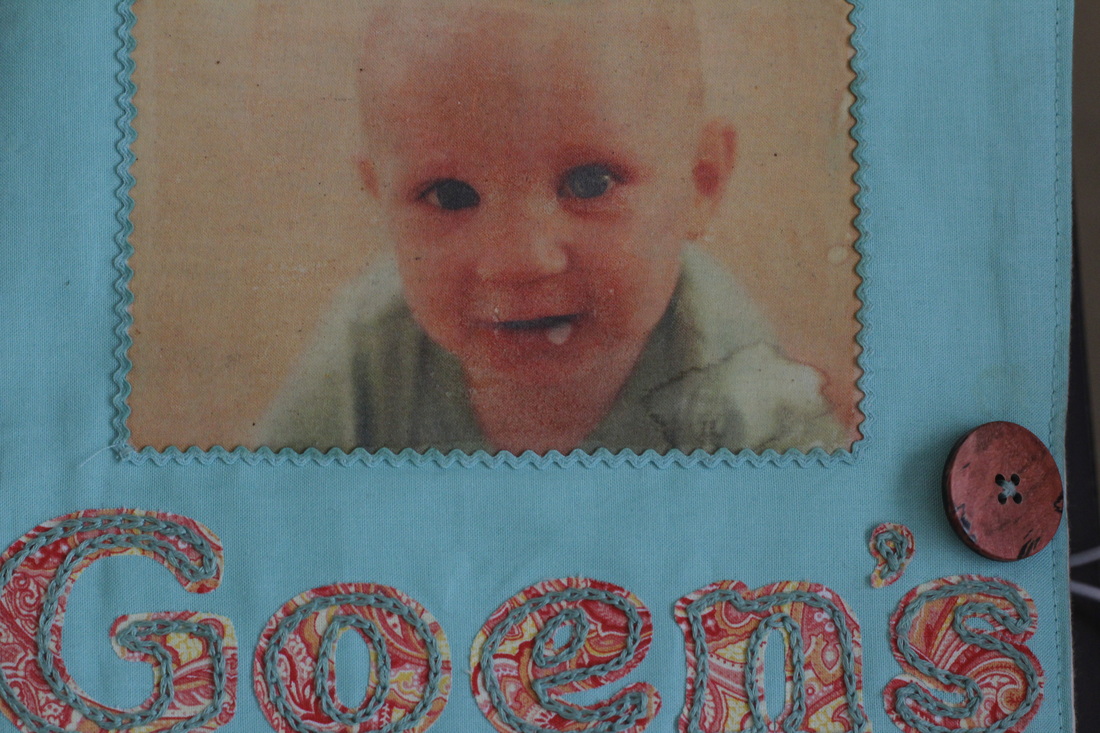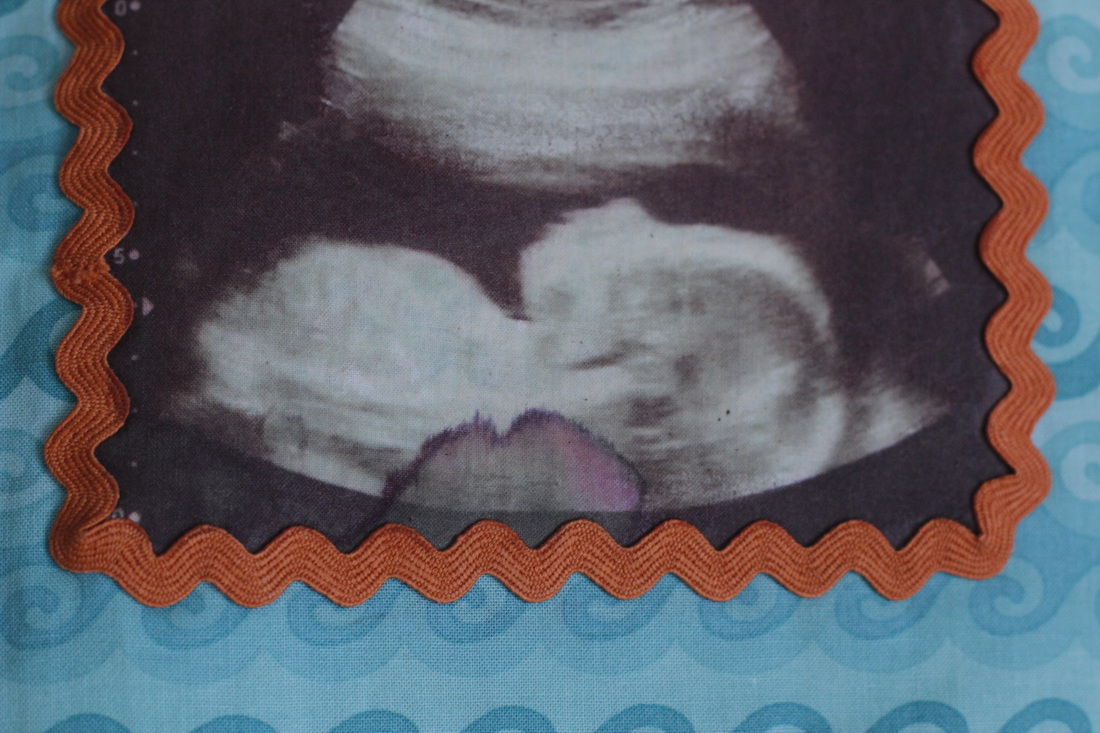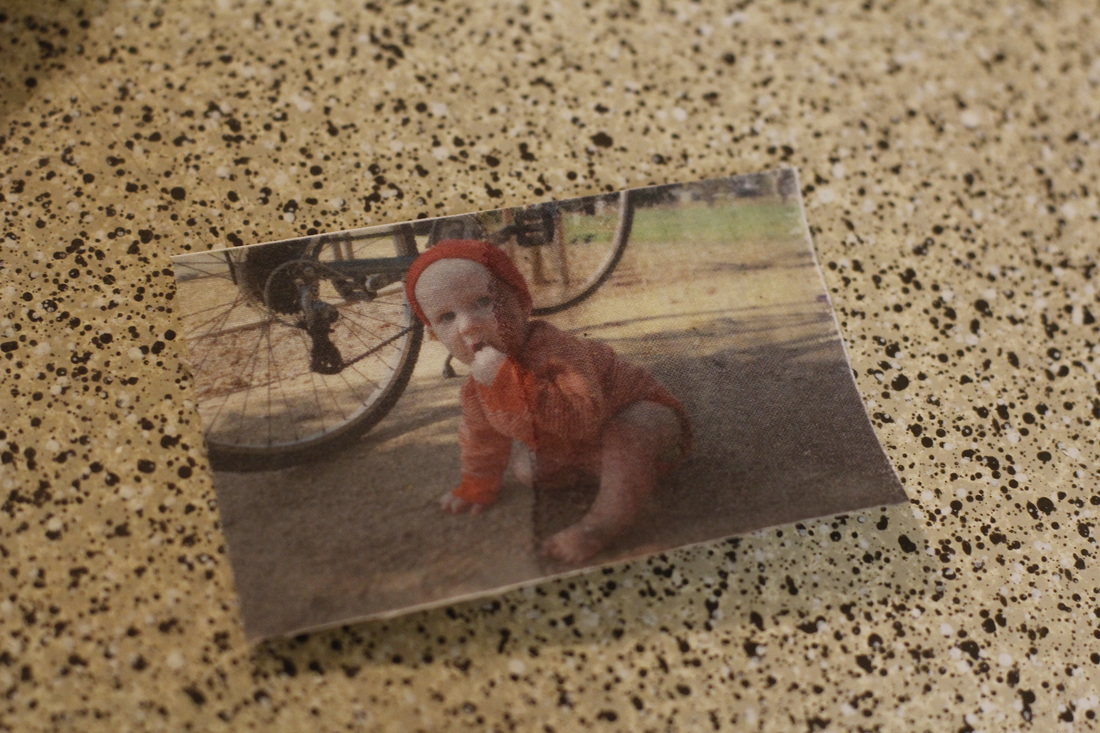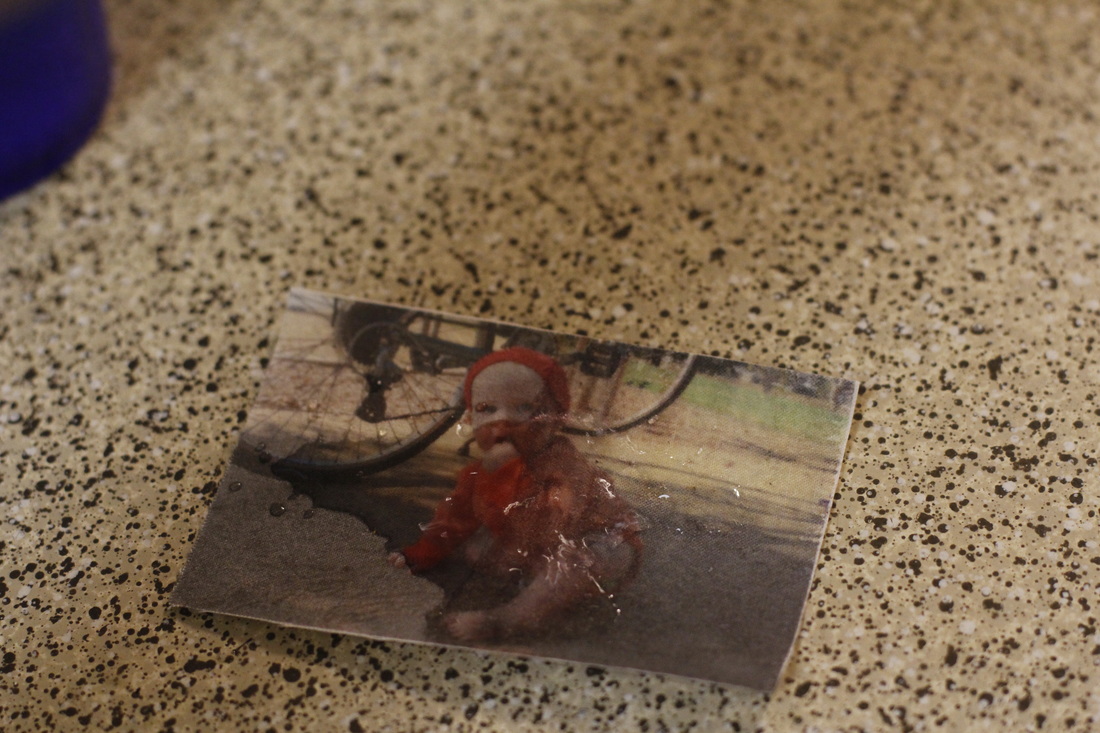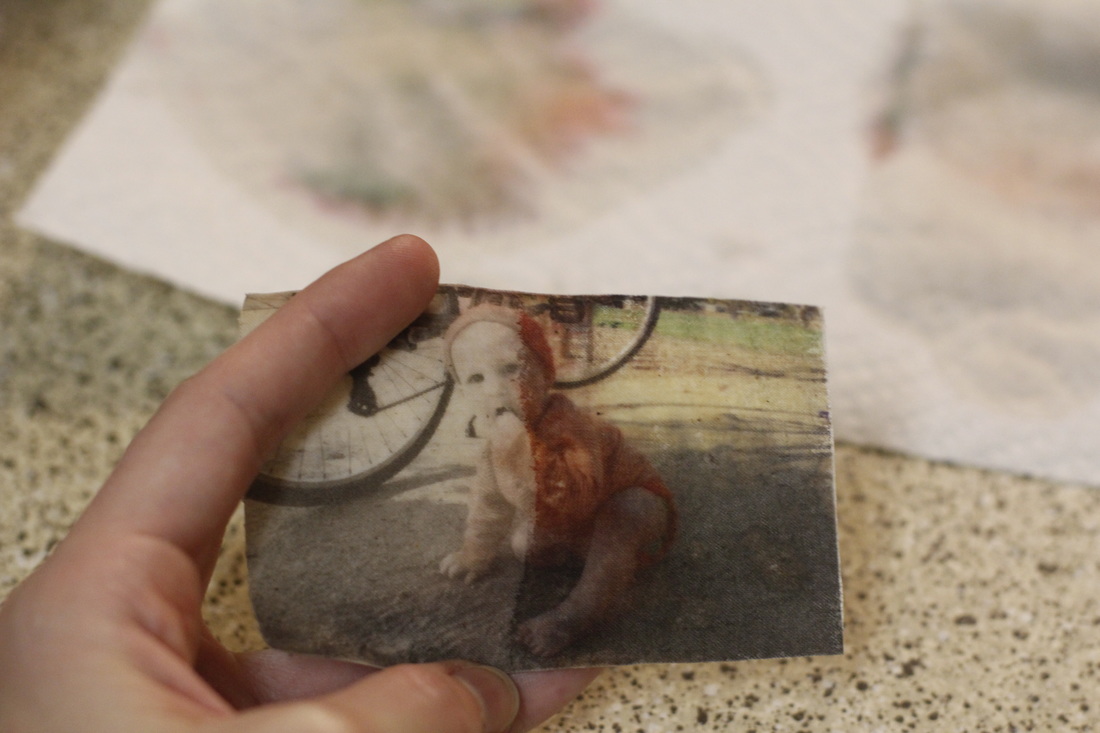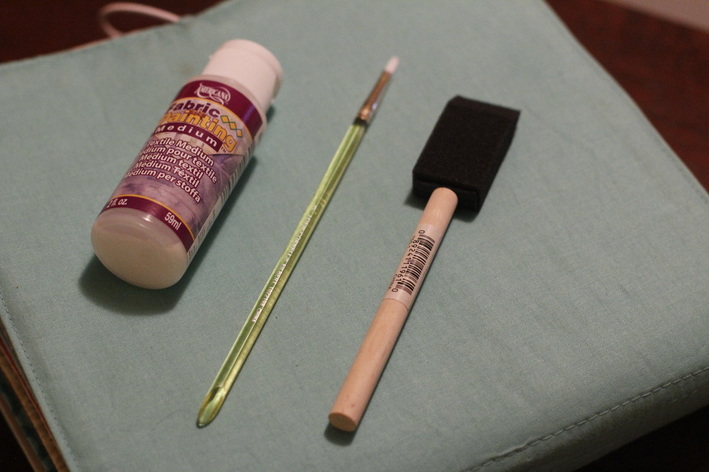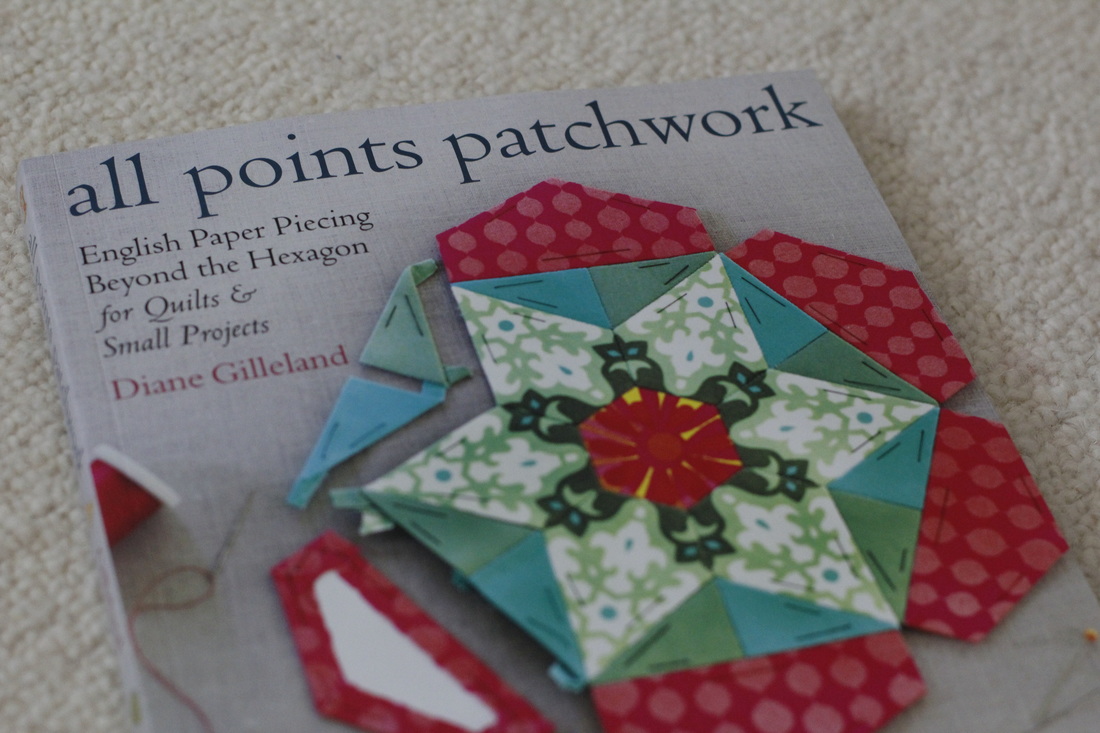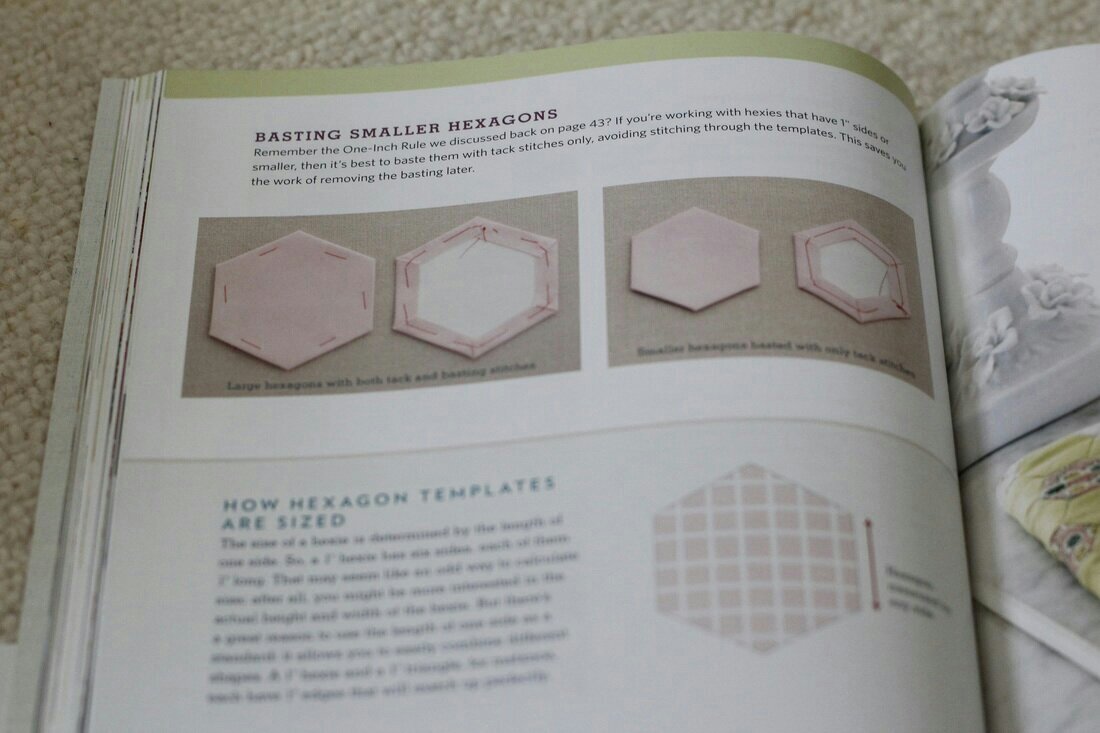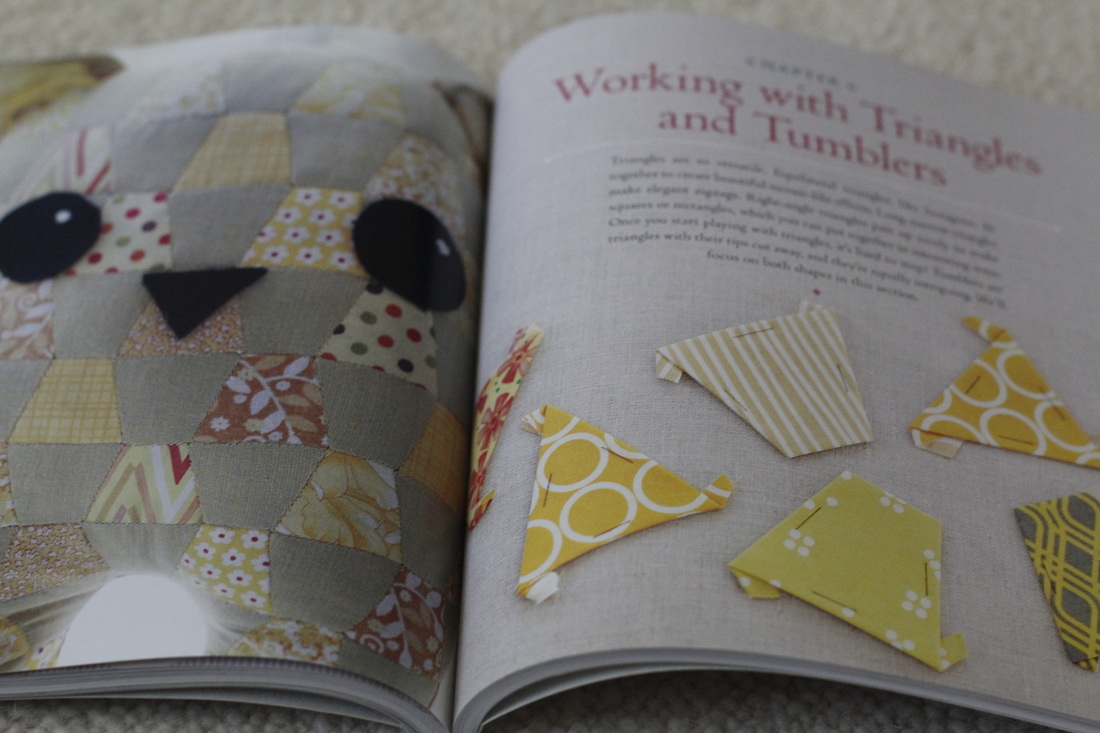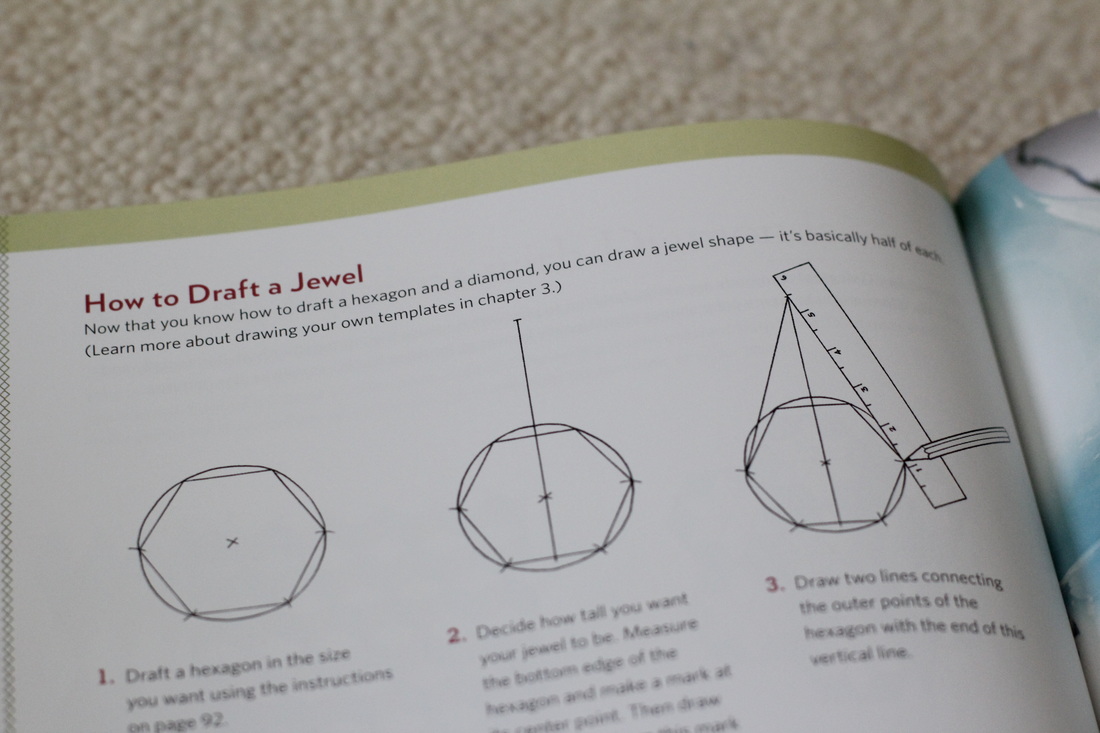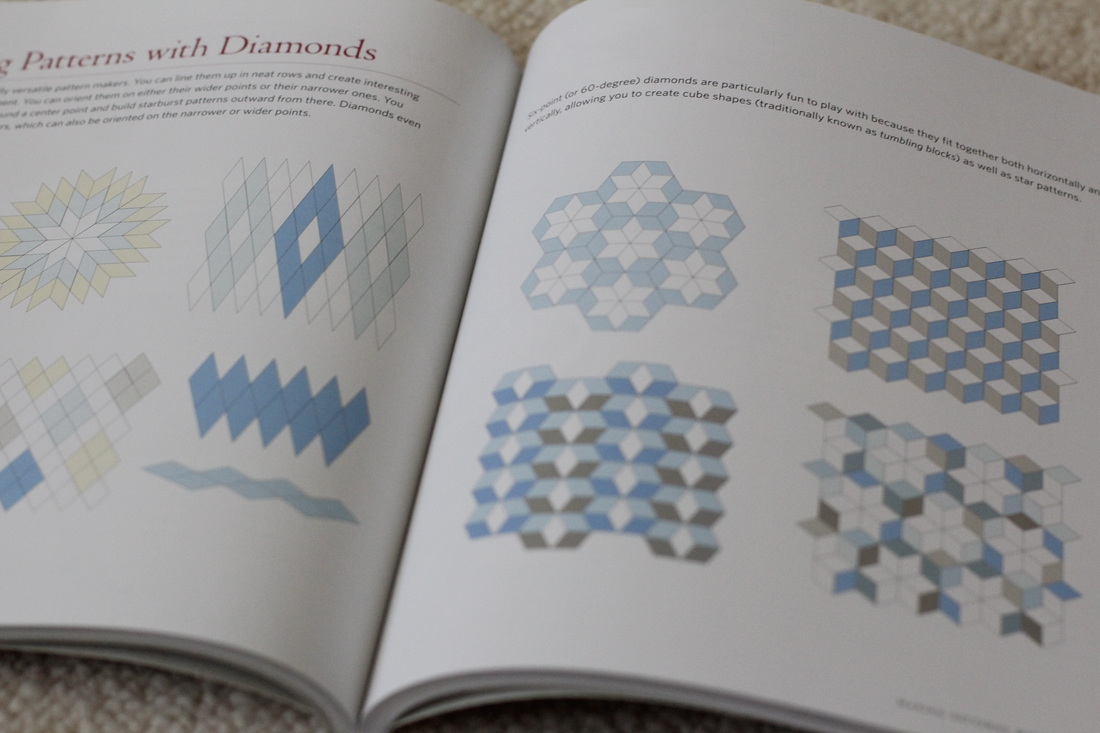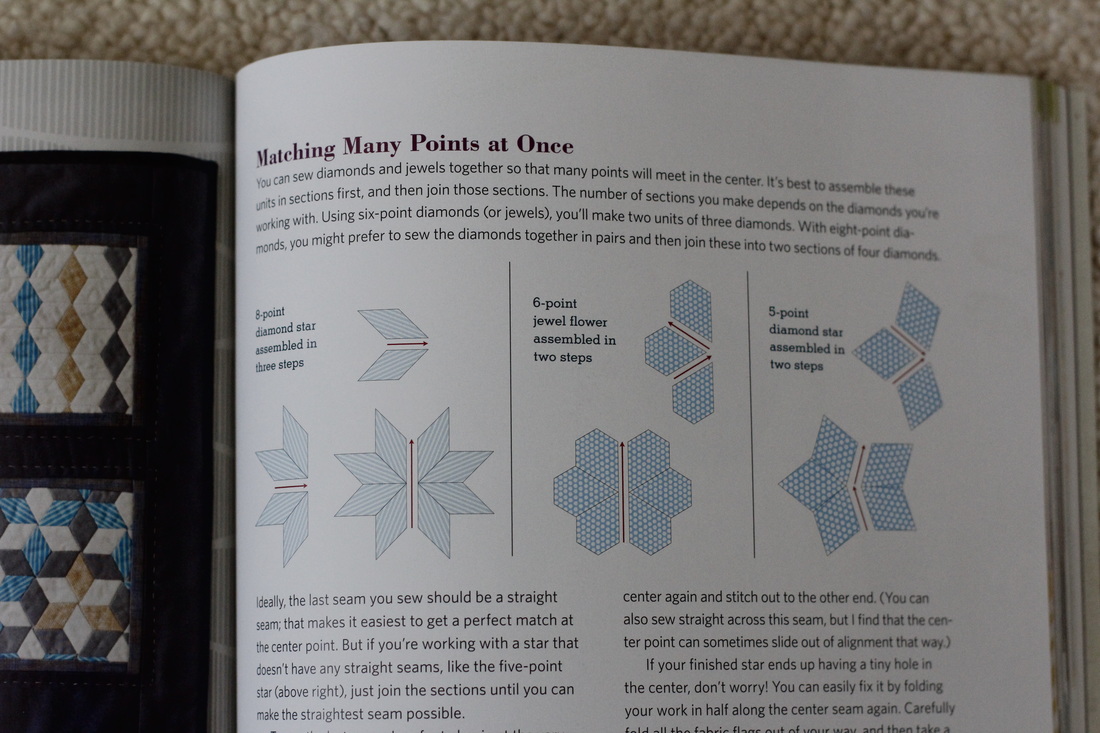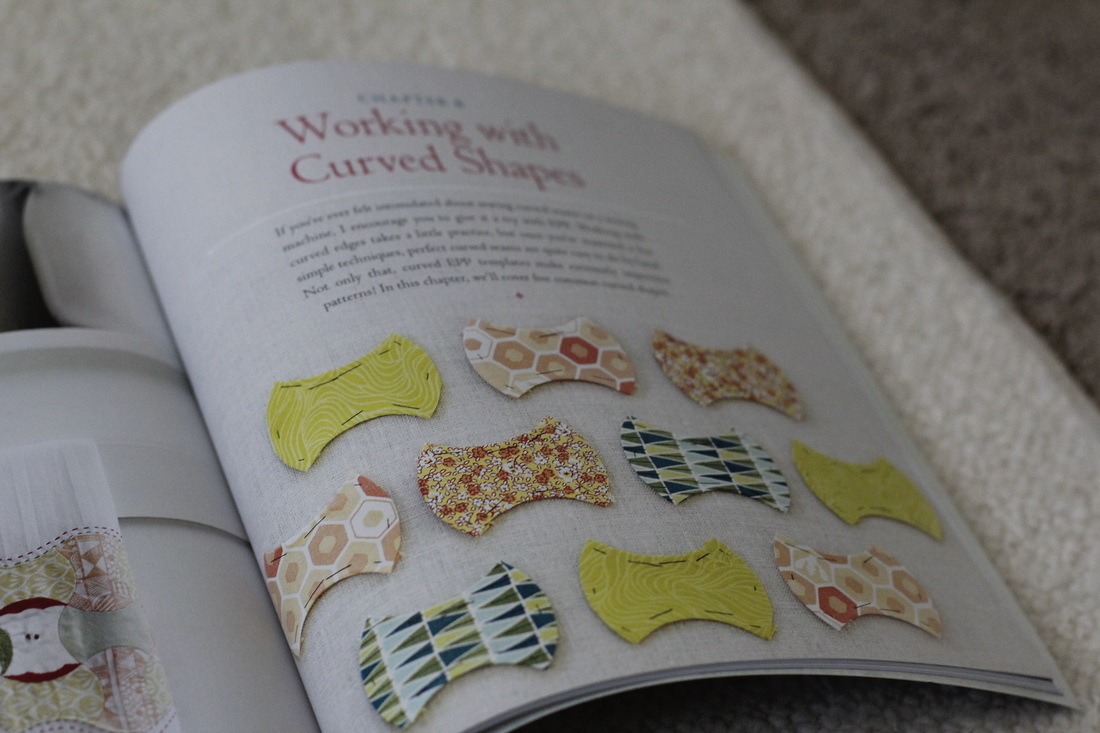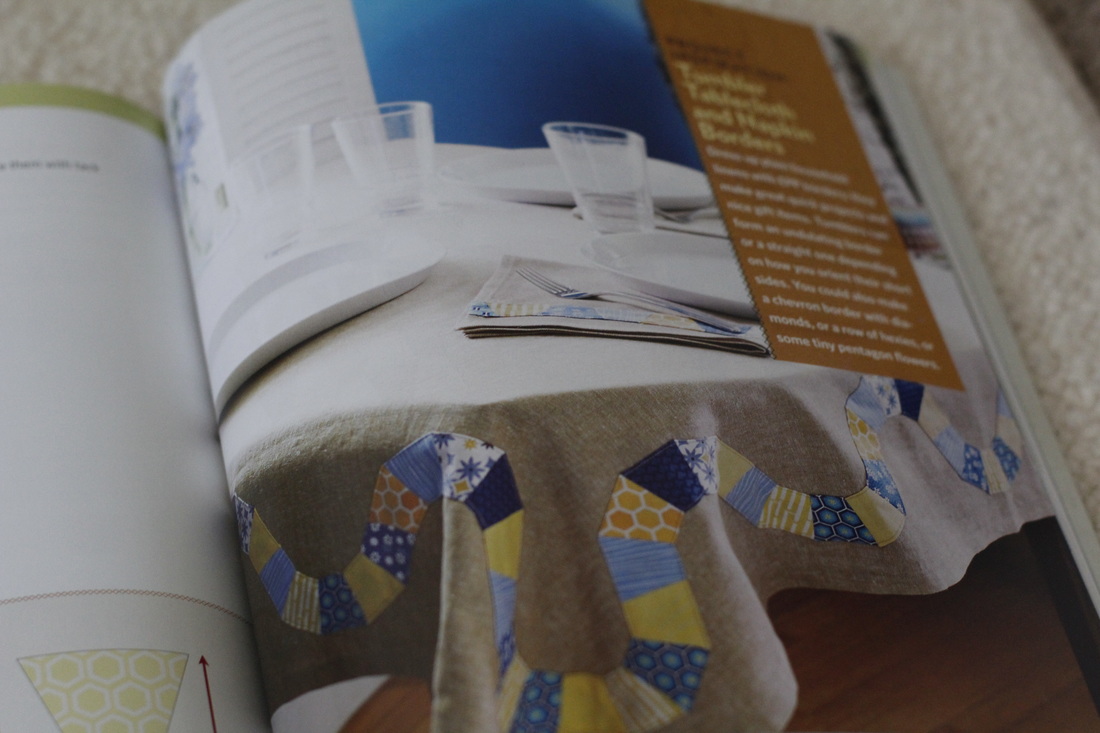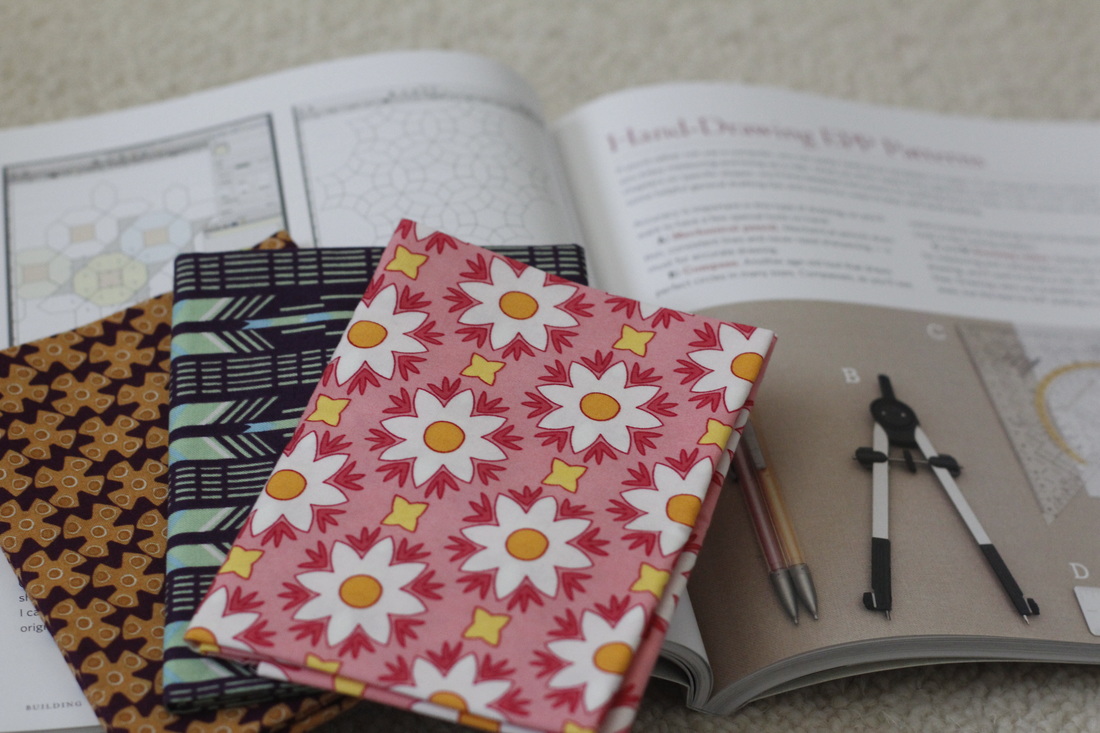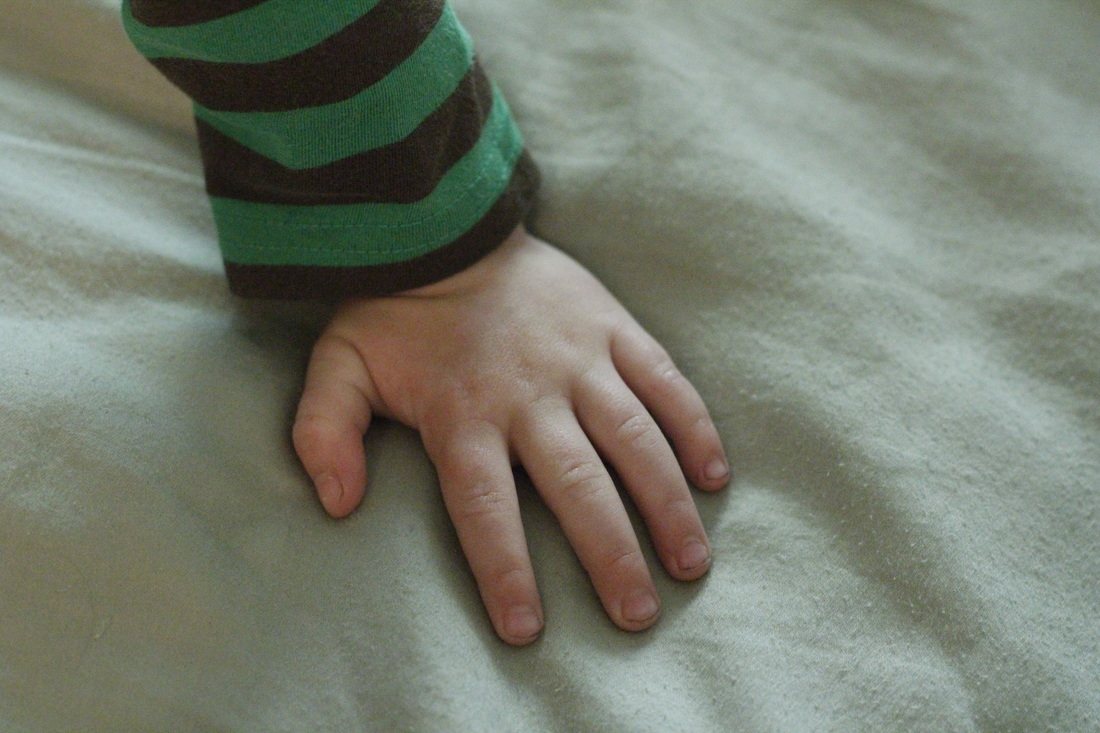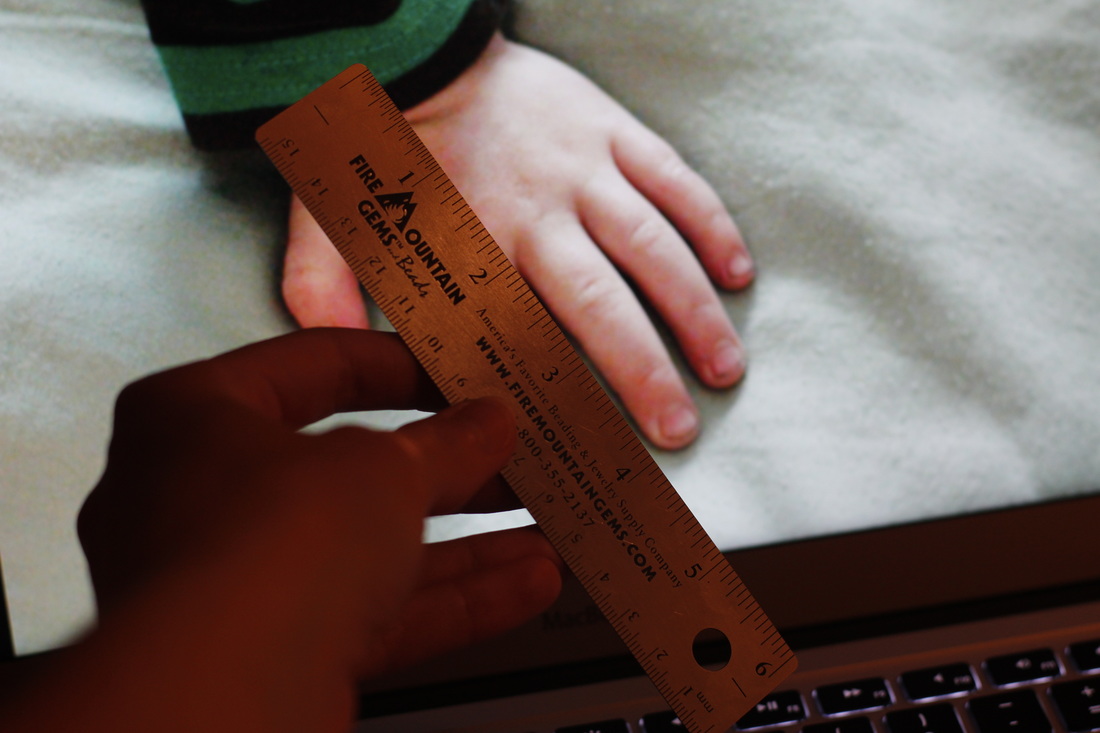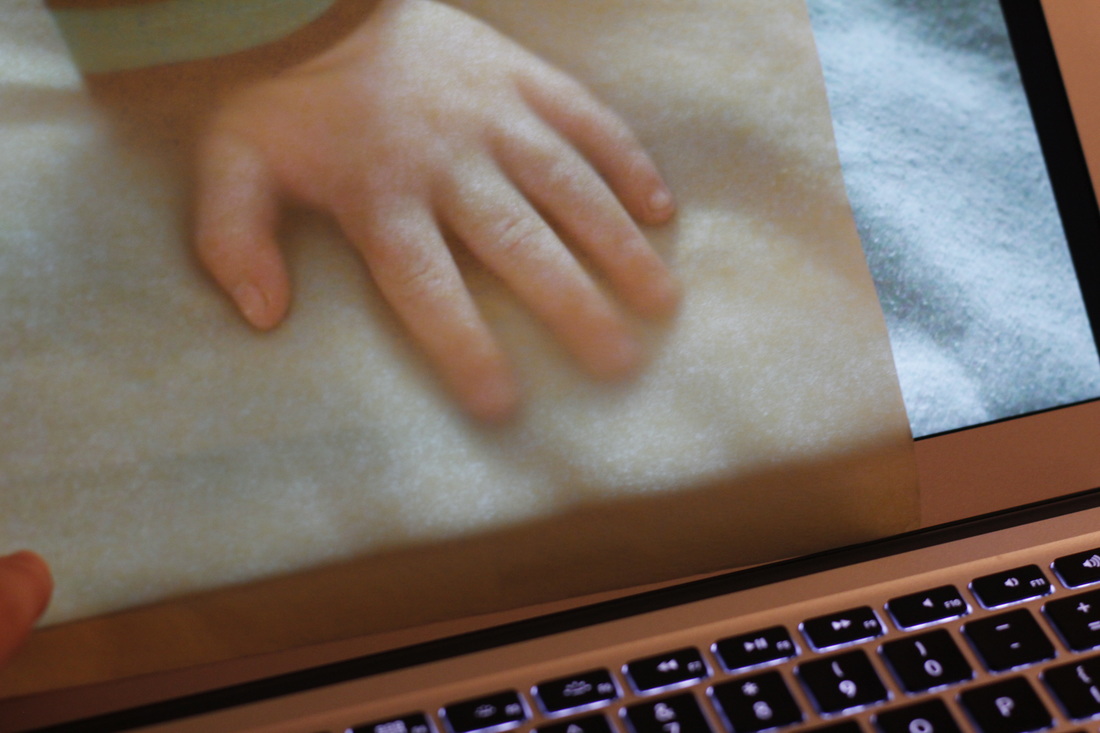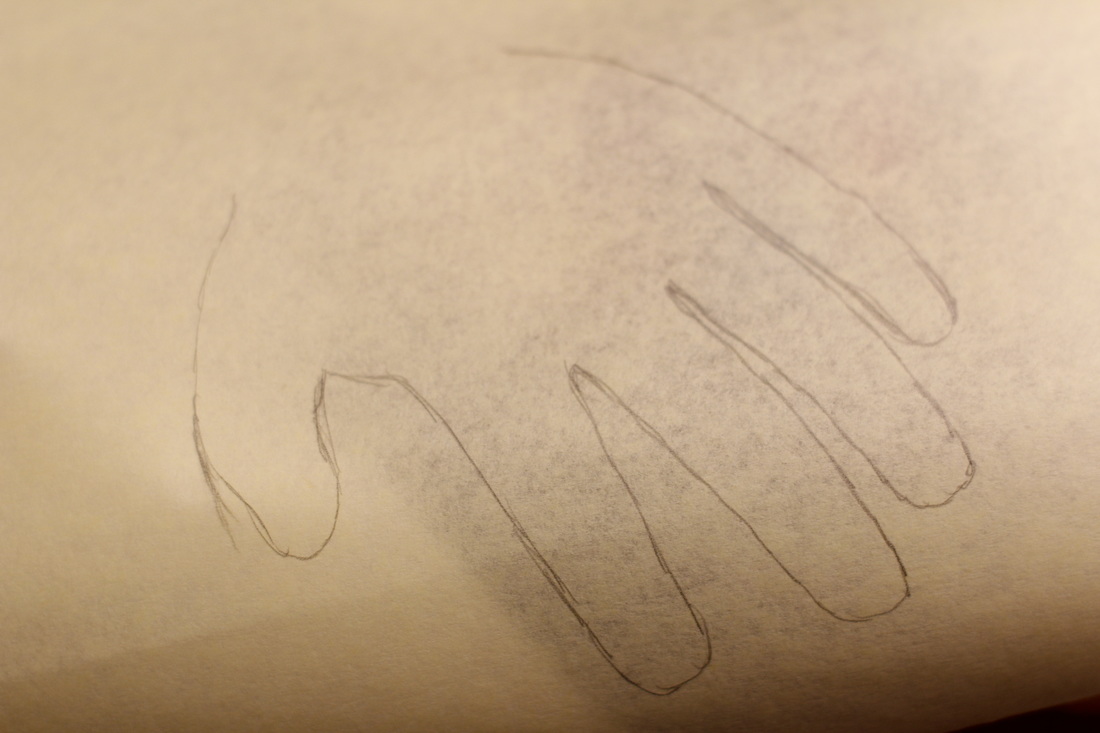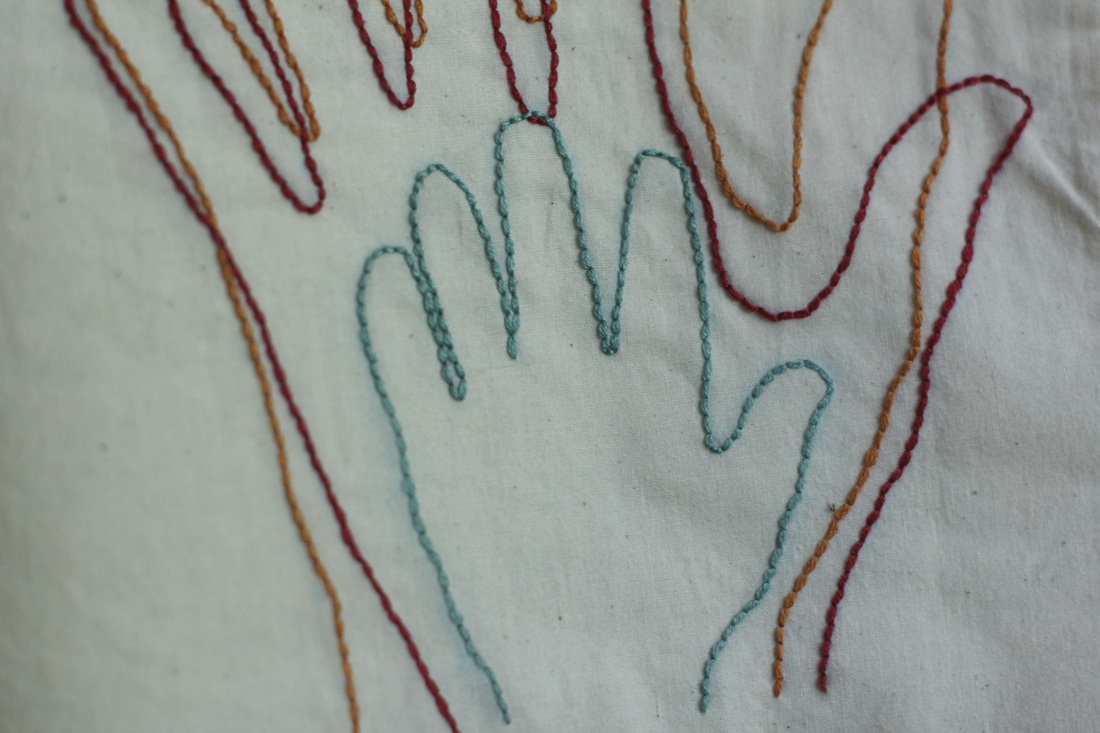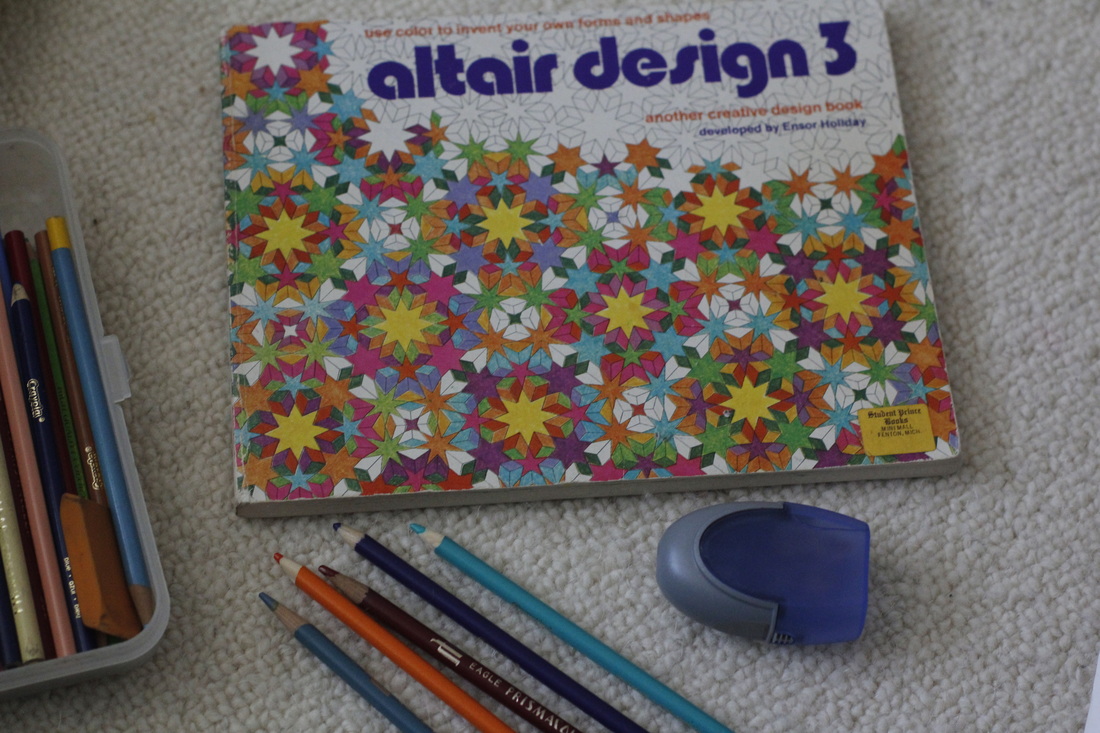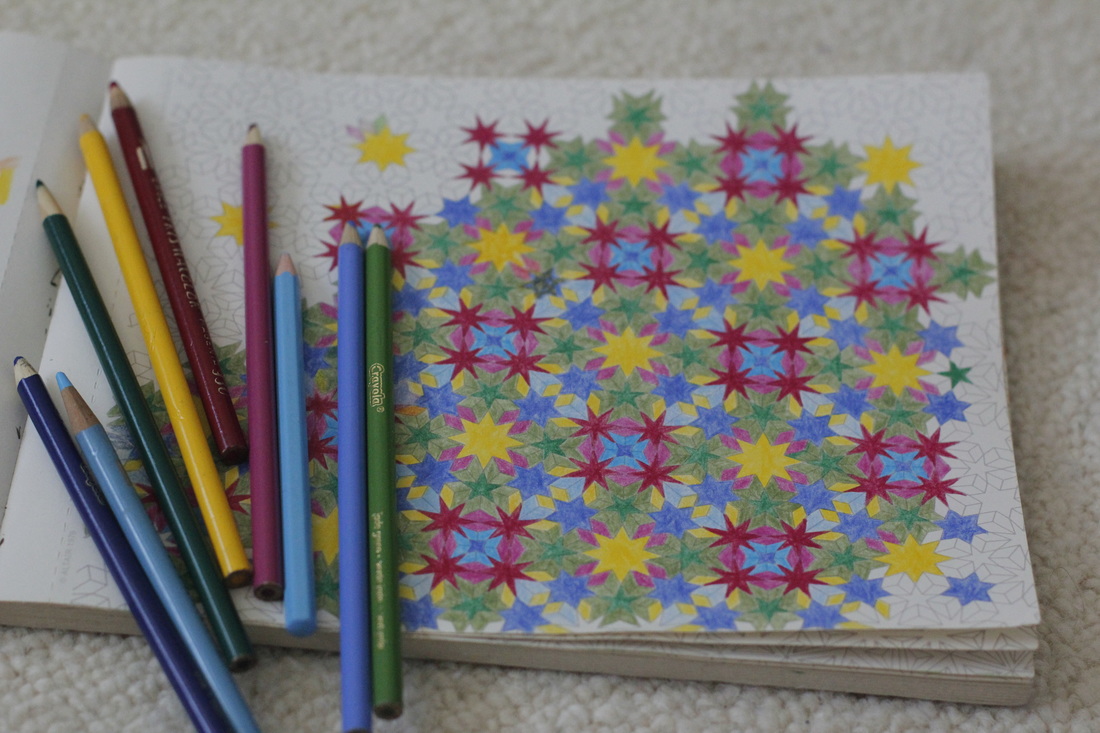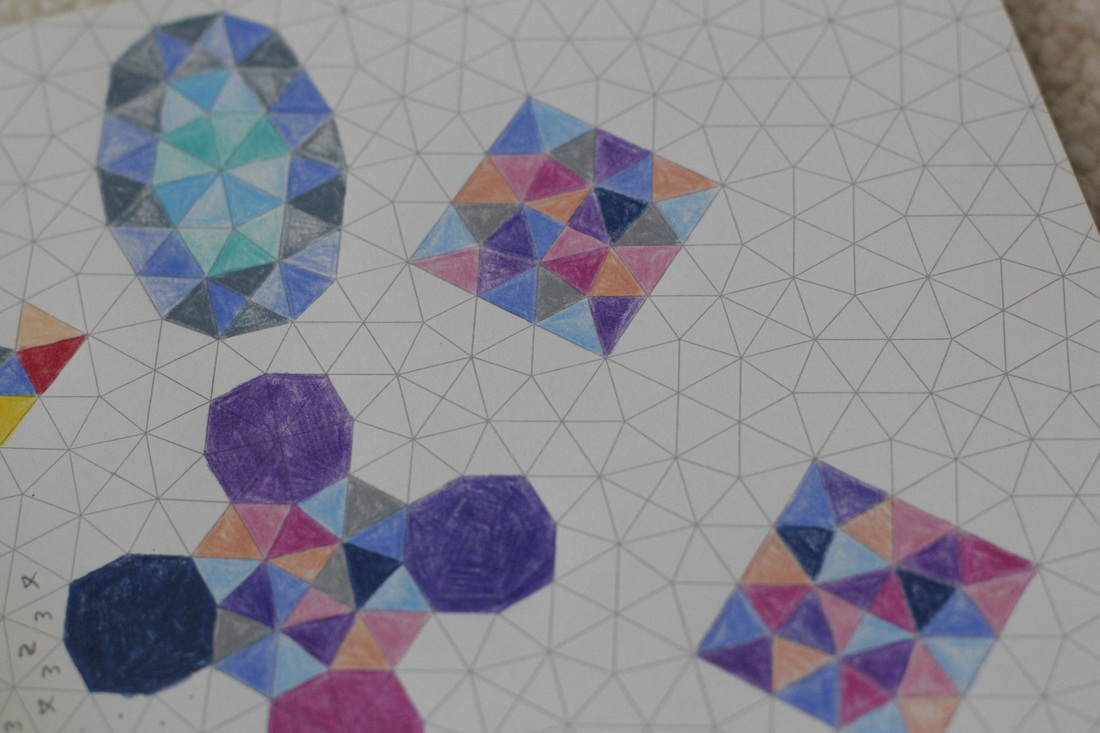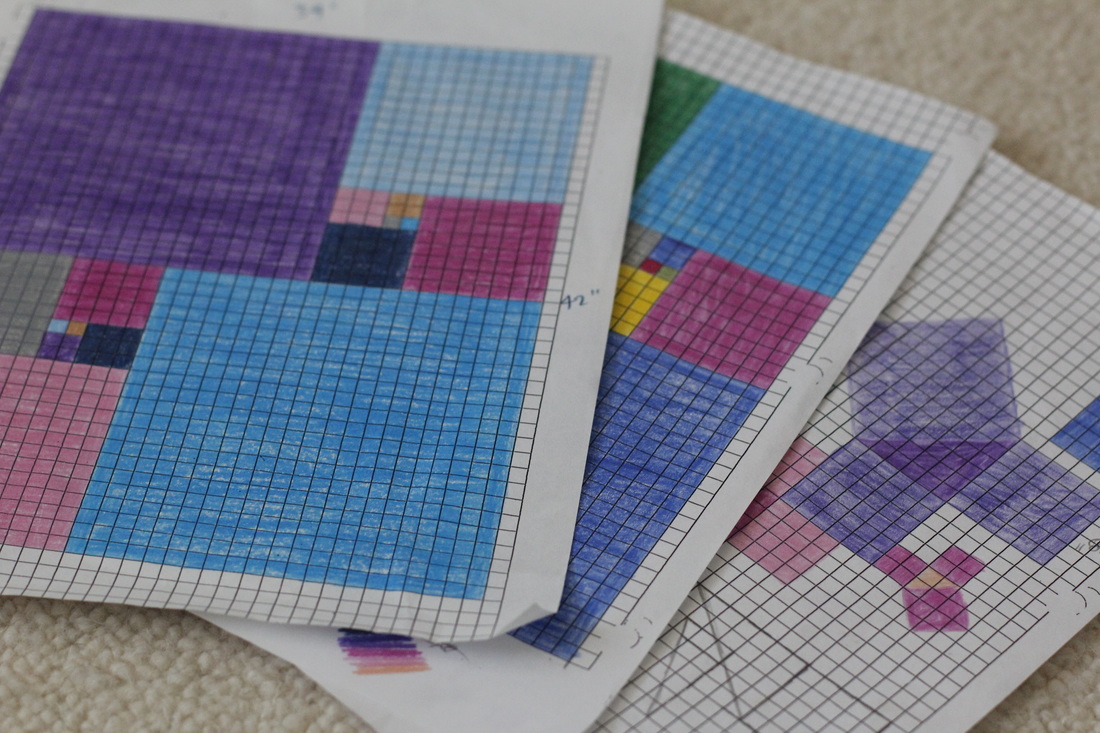Last year, when I made a fabric memory book for my son's first birthday, I decided to make my own printable fabric. I looked at dozens of tutorials and tips, and all of them seemed to say that you just had to iron to set the ink. And I did. They all said that pre-treated fabric was unnecessary. So I didn't do it, despite all the nagging doubts in my head. I've been regretting it ever since. Within a few weeks of finishing all the hand embroidered edging around the pictures, I noticed a few small spots on the printed images. It took me a while to realize that drool had caused the ink to bleed. So I put the book away, only taking it out when I could supervise my toddler to make sure he didn't chew or drool on the pages. It was a disaster just waiting to happen. All my hard work could be obliterated in moments.
I searched and searched for a way to fix my mistake. Luckily, I had several extra pictures to test on. First I tried spray fixative, the kind used for artwork. It smelled terrible and didn't stop the ink from bleeding when I dripped water on the test piece. I tried clear, iron-on vinyl. It protected the picture, but it looked weird and would have taken a long time to put on around all the embellishments I'd laboriously applied (some would have been impossible). After thinking about it for months, I finally hit upon the idea to use fabric medium, the kind that can be added to acrylic craft paint to make it permanent on fabric. I applied it to a test picture, and it worked! The series of images below shows one of my tests where half the picture was painted over with fabric medium and the other half left alone.
Although the ink in this particular test piece didn't bleed like the rest, a quick dab with a paper towel was all it took to remove all the colored ink from the untreated half. The water basically turned it into a drab black and white image. So, I guess the tutorials I read were right...as long as you are only printing in black and white. If you use color ink, you have to use pretreated fabric to keep the pictures safe from water.
If you find yourself in a similar situation, here are some tips for protecting your fabric-printed pictures from water.
- Be aware of which colors bleed most. I found that red and blue ink bleed the most, while blacks and greens don't bleed much at all. Use short, gentle brush strokes over the vulnerable colors.
- Do the lighter colors first, let them dry for a few minutes, and then work on darker colors around them.
- Use a paper towel to clean the ink off your brush. Do it often, but especially when moving between colors that bleed.
- Use a small brush for detail work in small color areas or between embroidery stitches and embellishments.
- Try not to drool on the pages yourself while you are concentrating on being careful (trust me, it happens).
- Don't worry about shiny spots from the fabric medium. These (mostly) go away after drying and ironing.
- Once you have painted over all the images with fabric medium, follow the directions on the bottle for setting (usually just ironing with a pressing cloth).
I went ahead and did all of the pictures, so now my little guy can finally enjoy his book without me hovering over him to make him stop putting his mouth on it. It's such a relief not to have to worry about it. And now that I've learned from this mistake, I'll be sure to use pre-treated fabric for my projects.
I'm curious, though. What was the mistake you made? 'Cause you did raise your hand, right?
